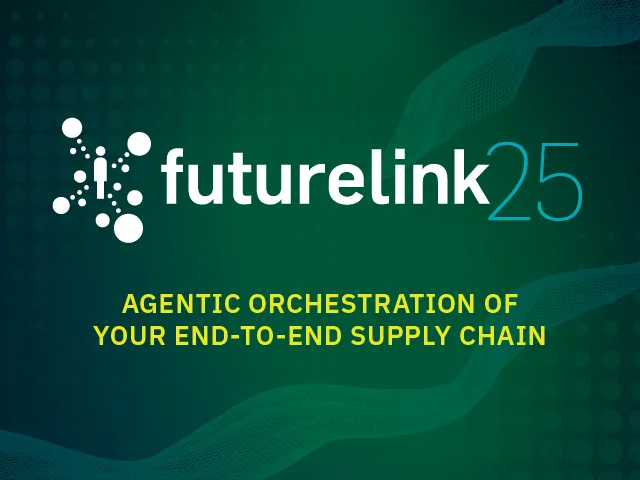Table of contents

Effective orchestration across manufacturing partners relies on transparency, timing, and coordination. At FutureLink Barcelona 2025, Lead Technical Trainer Laura Flack showed how companies can use the OPUS Solution Environment to build MINT orchestrations that unify information, product, and financial flows across external manufacturing networks.
Using a flu-season scenario, Flack demonstrated how marketing authorization holders and CMOs can digitalize transactions—such as forecasts, purchase orders, ASNs, invoices, and remittance advice—to synchronize production, improve visibility, and ensure on-time delivery. By streamlining these exchanges in MINT, organizations can strengthen collaboration, reduce errors, and improve responsiveness across their supply chains.
Key Takeaways:
- Learn how MINT orchestrates external manufacturing across information, product, and financial flows.
- See how digitalising transactions enhances accuracy, efficiency, and collaboration between MAHs and CMOs.
- Understand how the OPUS Solution Environment provides a framework to model, test, and optimize supply chain processes.
Watch the session to see how MINT helps life sciences companies achieve more transparent and efficient external manufacturing operations.





